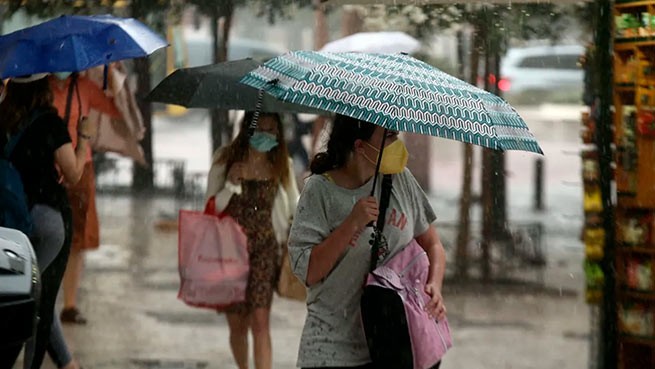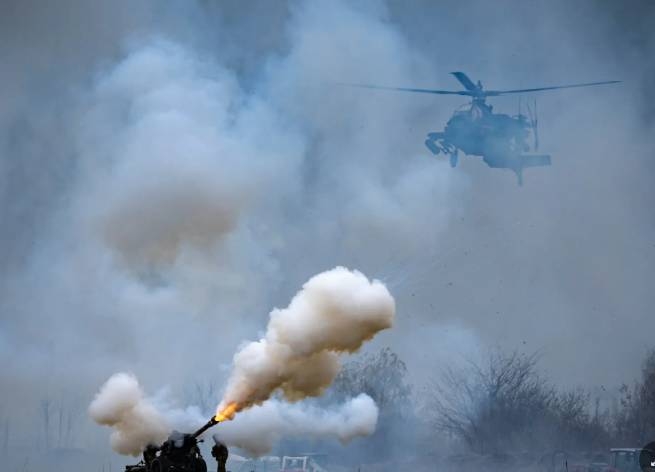Due to the large-scale Russian invasion of Ukraine, NATO is reconsidering its approach to deterring the alleged aggressor.
NATO is turning into a militant alliance as it was during the Cold War, striving from day one to defend “every inch” of its territory. The concept of deterrence by retaliation is changing to another one – deterrence by avoiding a strike, writes edition of The New York Times. Former and current employees of the alliance spoke about the change.
The publication explains that the existing concept assumed the possibility of temporary occupation of some NATO countries in the event of a conflict with Russia, such as Poland or the Baltic states. It was understood that then, upon the arrival of the main forces, mainly the United States, these territories would be liberated.
The new concept, “deterrence along the path of non-admission”, assumes that NATO countries will strive to prevent the occupation of even part of their territory. Poland and the Baltic countries took into account the experience of the war in Ukraine, where large territories were under Russian occupation in the first weeks of the invasion.
Camille Grand, who served as Advisor to the NATO Secretary General until October 2022, said that the countries of Central and Eastern Europe insist on the need to protect “every inch of NATO territory from day one”.
Deterrence by avoidance involves the permanent deployment of significant contingents of NATO troops near the borders with Russia. For the first time since the Cold War, it is also about integrating the military plans of the US and its allies. In addition to reinforcing NATO forces on the eastern flank of the alliance, discussions are underway to make this fortification obvious to Russia, which should give a deterrent effect.
The transition to this concept implies an increase in military spending of at least 2% of the GDP of NATO member countries. It is argued that if the large countries of the alliance allocate up to 3% of GDP for military spending over 10 years, this will be enough to implement the defense plan.
After the start of a large-scale Russian invasion of Ukraine, the number of NATO troops stationed in countries bordering Russia has increased dramatically. Recently, previously neutral Finland joined NATO – its entry almost doubled Russia’s border with the countries of the union. However, there are still restrictions on the deployment of NATO troops in countries bordering Russia on a permanent basis.







More Stories
The Minister of Health called the protesters "insignificant people, kafirs"
Union of Judges: “People’s courts were created against us with the loyal attitude of the government”
Borrell: "Europeans will not go to die for Donbass, but they could help Ukrainians stop dying for Donbass"